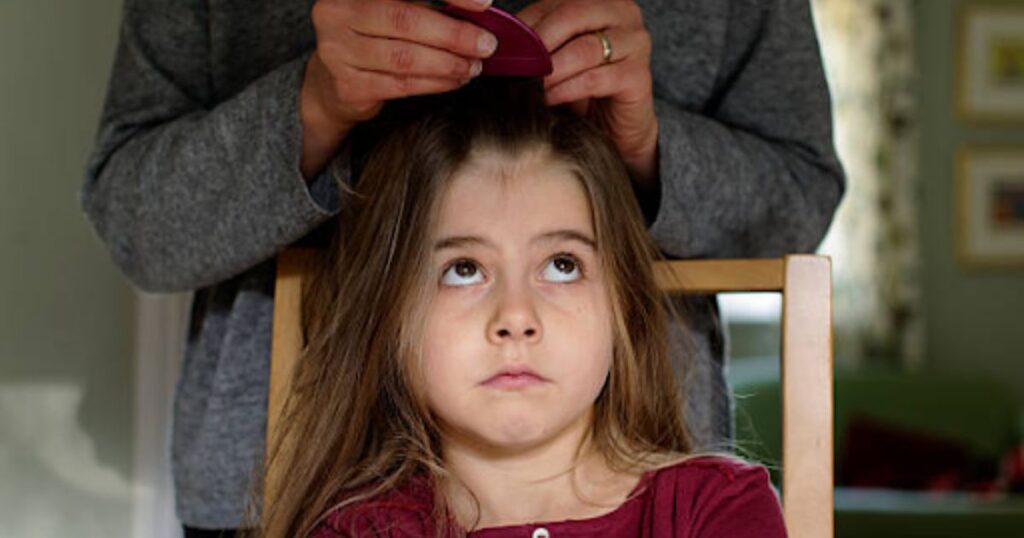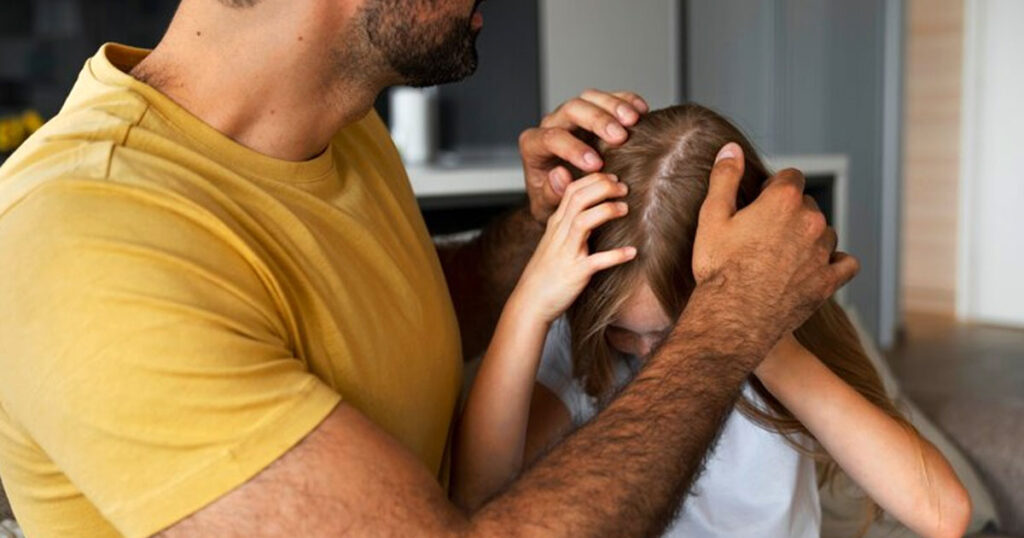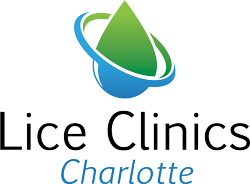How To Prevent Head Lice: 7 Tips for Parents

Head louse, or plural head lice, are tiny, persistent insects that find a home on human scalps. These unwanted pests can be a source of frustration for parents. The quest for effective head lice prevention becomes paramount, especially in environments where close contact among children is common.
In this comprehensive lice prevention guide, we delve into seven practical tips for parents on how to prevent head lice, aiming to empower families with knowledge and strategies to safeguard against these persistent pests.
How to Prevent Head Lice: 7 Tips for Parents
In the upcoming section, we’ll cover 7 practical tips aimed at preventing the nuisance of head lice infestation. Head lice are not only bothersome but can also be persistent and challenging to eradicate once they’ve taken hold. From simple hygiene practices to proactive measures, these tips offer valuable insights for maintaining lice-free environments, whether at home, school or in communal spaces.
By implementing these lice-prevention strategies, you can significantly reduce the risk of encountering these pesky parasites, promoting a healthier and more comfortable living environment for yourself and your loved ones.
Lice Education is Key
To effectively combat head lice, knowledge is the first line of defense. Parents should familiarize themselves with the basics of head lice, including the lice life cycle, common symptoms, and methods of transmission. Education extends beyond mere awareness; it involves dispelling myths surrounding lice and promoting a more accurate understanding of how these lice spread.
By educating both children and parents, the foundation for effective head lice prevention is laid. Further, parents can attend educational workshops or access online resources to deepen their understanding of head lice. Knowing the signs of an infestation and understanding how lice are transmitted enhances the ability to implement preventive measures.
Perform Regular Head Checks
Routine head checks are a fundamental aspect of head lice prevention. Regular inspections enable early detection, allowing for prompt intervention before a full-blown infestation occurs. Parents can incorporate head checks into their weekly routine, particularly after their children have spent time in group settings such as schools or playdates.
Thoroughly examining the scalp and hair for lice or nits (lice eggs) ensures that any potential infestation is identified early on. In addition, it can be useful to create a dedicated time for head checks, perhaps during bath time or before bedtime, which can make it a regular and manageable part of the routine. This proactive approach allows for timely intervention and reduces the likelihood of a widespread infestation.
How to Perform a Head Check for Lice
It is essential that as a parent or educator, you understand how to perform a head check for lice. Here is a quick overview that should teach you the right way to perform lice head checks.
- Start by parting the hair into sections using a fine-toothed comb or your fingers.
- Then, carefully examine the scalp and hair shafts, paying close attention to the area behind the ears and at the nape of the neck, as these are prime spots for lice and nits (lice eggs).
- Look for small, oval-shaped nits attached to the hair shafts near the scalp, as well as adult lice, which are tiny and brownish.
It’s helpful to have good lighting and a magnifying glass on hand to aid in the search. If you discover any signs of lice or nits, it’s crucial to take immediate action to prevent further spread and infestation. Regular head checks, especially after potential exposure or during outbreaks, can help catch lice early and minimize their impact. If you do discover a head lice infestation, then it is a good idea to seek professional lice treatment.
Encourage Personal Hygiene Practices
Promoting good personal hygiene practices is not only essential for overall well-being but also contributes to head lice prevention. Encouraging children to avoid head-to-head contact during play and discouraging the sharing of personal items like combs, brushes, hats, and scarves can make a massive difference.
Also, parents can engage children in discussions about personal space and respectful play. Teaching them the importance of maintaining a certain distance during activities and avoiding the sharing of personal items helps instill good hygiene habits from an early age.
Does Poor Hygiene Cause Lice?
It is a common misconception that poor hygiene causes head lice. However, this is completely false and has been debunked. The CDC reports that getting head lice is not related to the cleanliness of the person or his or her environment. It is important to remove the stigma that getting head lice is a result of bad personal hygiene.
Do Lice Preventive Products Work?
Several over-the-counter preventive products, such as lice-repellent sprays and shampoos, are available in the market. While their efficacy may vary, using these products could add an extra layer of protection. Some contain natural ingredients like tea tree oil or neem oil, known for their potential repelling effects on lice.
However, it is crucial to follow the instructions carefully and be mindful of any potential sensitivities. Parents may also want to consider consulting with healthcare professionals before using preventive products, especially if their child has existing skin conditions or allergies. Understanding the ingredients and their potential effects ensures a safe and effective preventive strategy.
It also may create a false sense of security, and since the efficacy of these products is unproven, this should not be your only strategy.
Defending Your Scalp from Lice
Taking proactive measures to defend your scalp from lice can significantly reduce the risk of infestation. Regularly cleaning and vacuuming areas where children spend time, such as bedding, upholstery, and car seats, can help eliminate stray lice or nits. Encouraging children to store their belongings separately also may minimize the chances of lice transmission.
To make it more enjoyable, parents can involve children in the cleaning process, and turn it into both an educational and collaborative activity. Finally, teaching them about the importance of cleanliness and how it contributes to a healthy living environment instills a sense of responsibility and awareness.
Teach Effective Communication
Open communication is vital in preventing the spread of head lice. Teaching children about the importance of informing parents or caregivers if they suspect they have been in close contact with someone who has lice can be a major way of decreasing transmission.
This also allows for the establishment of a culture of transparency, thereby aiding in early detection and swift action if there are confirmed cases. Encouraging a non-judgmental and supportive atmosphere ensures that children are more likely to communicate potential instances of head lice exposure.
When kids are encouraged to communicate they also are more likely to report lice symptoms like itching, redness, or bumps. This can help parents discover lice infestations sooner.

Foster a Supportive Environment
As discussed above, addressing head lice prevention should be approached with sensitivity. It is critical to foster a supportive environment that destigmatizes lice infestations. This is possible by emphasizing that lice are a common occurrence and not indicative of poor hygiene. By reducing the stigma associated with head lice, parents can encourage open communication, making it easier for children to report potential cases and seek help when needed.
Using a Multi-Faceted Approach to Prevent Head Lice
Preventing head lice requires a multifaceted approach that combines education, regular checks, personal hygiene practices, and a supportive environment. By incorporating these seven practical tips into their routines, parents can fortify their defenses against head lice and minimize the risk of infestation.
The battle against lice is not just about treatment; it is about empowerment through knowledge and proactive measures. By staying informed and implementing these strategies, parents can create a lice-resistant environment, ensuring that their children can thrive without the persistent itch that these tiny insects bring.
What Do I Do If My Child Does Get Lice?
Despite the best head lice prevention, it is still possible to be infected. If this occurs, it is critical to understand the best methods for lice removal and lice treatment. Primarily, consulting with a healthcare professional is advisable for treating head lice. Particularly, our Lice Clinics in Charlotte play a pivotal role in providing effective and professional treatment for lice infestations. Our clinics offer a comprehensive and personalized approach to lice removal, employing advanced techniques and upstanding staff.
Our experienced technicians are trained in the latest lice removal technologies, ensuring thorough and efficient treatment. We also offer education and support to clients, guiding them on preventive measures and post-treatment care.
Seeking our assistance can offer a reliable and convenient solution for treating persistent lice infestations, providing peace of mind and a quicker return to a lice-free life.
